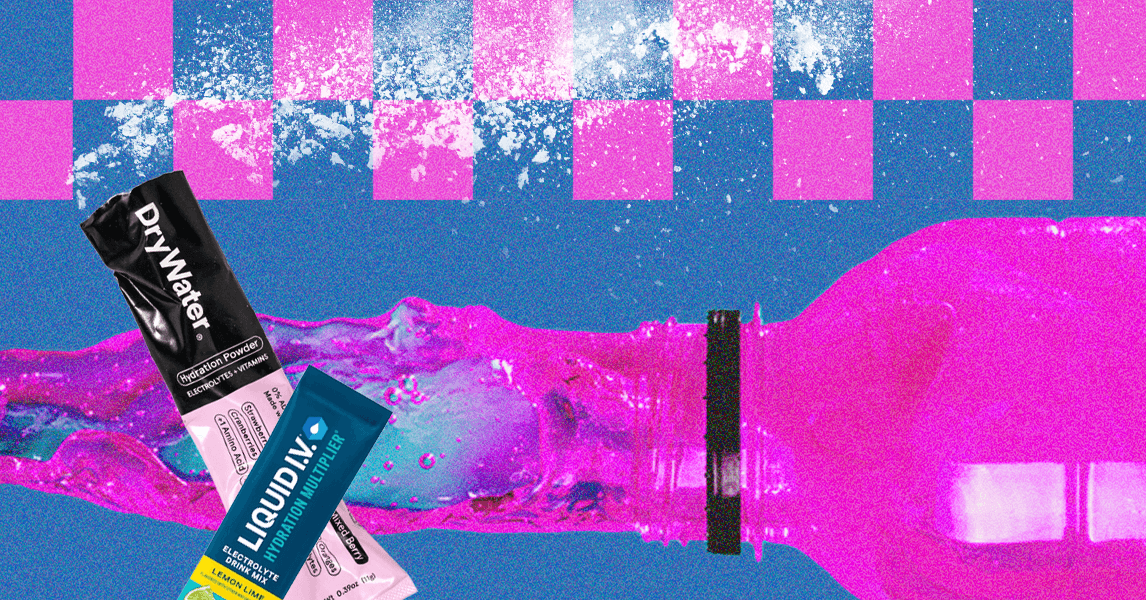Blog
The rise of niche zone and intimate skincare–here’s what experts want you to know

A stray comment about dark underarms. A skincare reel mapping a routine for your knees. A targeted ad for intimate skincare you didn’t know existed. Suddenly, skin that once passed without comment—the bend of a knee, the rub of an inner thigh, the darkness beneath an arm—was being repositioned as a concern. What was once unremarkable began to feel like something you were neglecting.
This scrutiny often overlooks the obvious: if your skin tone contains even a teaspoon of melanin, uniformity isn’t the baseline. Areas like the underarms, thighs and elbows tend to hold deeper tones, especially where skin folds or rubs. But instead of understanding these shifts as normal, they’re often flagged as needing correction, reinforcing the idea that skin should look the same everywhere, on everyone.
Brands took note and the algorithm picked it up. What began as self-care shifted into protocol. Less about comfort, more about correction. Whether or not you saw a flaw, someone was ready to name it and sell you its cure.
Clinics are noticing the trend too. “We’re getting more and more patients asking for intimate area lightening,” says Dr Sagar Gujjar, dermatologist and founder of Skinwood Luxury Aesthetic Centre. “It’s a mix of cultural shifts, new trends and hyper-visibility.”
Skincare content has expanded beyond faces. The same soft lighting and 10-step routines now feature underarm exfoliants and lip peels slotted between eye creams and facial oils. Even the most overlooked corners of the body have been drafted into the beauty routine.
The rise of niche-zones and intimate skincare routines
What’s rarely acknowledged in this hyper-visible rotation is simple biology.
Areas like the underarms, inner thighs and bikini line naturally darken over time. “That pigmentation is the skin protecting itself,” explains Dr Priyanka Reddy, founder and chief dermatologist at DNA Skin Clinic. “It thickens in response to repeated friction, and in doing so, also gets darker. It’s a functional response, not a flaw.”
But treating these regions like you would your face can backfire. They need different care; one that is gentler and slower.
Mild exfoliants like lactic acid or polyhydroxy acids can encourage skin renewal without causing trauma. But stronger ingredients—retinoids, glycolic acid, salicylic acid—are best avoided, especially on deeper skin tones where the risk of irritation is higher. “For deeper complexions, pigmentation is usually the concern. For lighter skin, it’s more likely redness or stinging,” adds Dr Reddy. “But the underlying causes—tight clothing, aggressive waxing, heat, and sweat—tend to be the same.”












